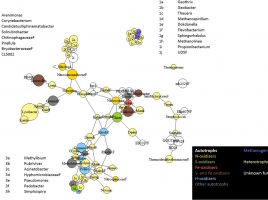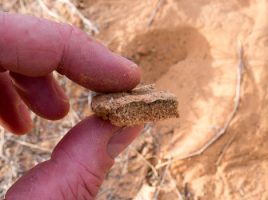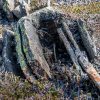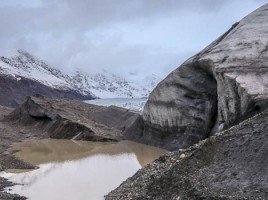
Cast from the Past? Microbial Diversity of a Neolithic Stone Circle
We studied the microbial diversity colonizing limestone rock pools at a Neolithic Monument (Arbor Low, Derbyshire, England). Five pools were analyzed: four located at the megaliths of the stone circle and one pool placed at the megalith at the Gib Hill burial mound 300 m distant. Samples were taken from …











